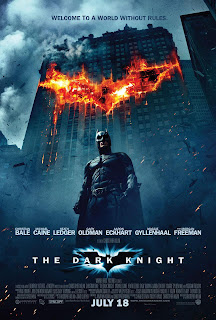Opacity is the measure of impenetrability to
electromagnetic or other kinds of
radiation, especially visible
light. In
radiative transfer, it describes the absorption and scattering of radiation in a
medium, such as a
plasma,
dielectric,
shielding material, glass, etc. An
opaque object is neither
transparent (allowing all light to pass through) nor
translucent (allowing some light to pass through). When light strikes an interface between two substances, in general some may be reflected, some absorbed, some scattered, and the rest transmitted (also see
refraction).
Reflection can be
diffuse, for example
light reflecting off a white wall, or
specular, for example light reflecting off a
mirror. An opaque substance transmits no light, and therefore reflects, scatters, or absorbs all of it. Both
mirrors and
carbon black are opaque. Opacity depends on the
frequency of the light being considered. For instance, some kinds of
glass, while transparent in the
visual range, are largely opaque to
ultraviolet light. More extreme frequency-dependence is visible in the
absorption lines of cold
gases. Opacity can be quantified in many ways.
The words "opacity" and "opaque" are often used as colloquial terms for objects or media with the properties described above. However, there is also a specific, quantitative definition of "opacity", used in astronomy, plasma physics, and other fields, given here.
More specifically, if a beam of light with frequency ν travels through a medium with opacity κν and mass density ρ, both constant, then the intensity will be reduced with distance xaccording to the formula

where
- x is the distance the light has traveled through the medium
- I(x) is the intensity of light remaining at distance x
- I0 is the initial intensity of light, at x = 0
A glossmeter measures specular reflection. The light intensity is registered over a small range of the reflection angle. The intensity is dependent on the material and the angle of illumination. In case of non-metals (coatings, plastics) the amount of reflected light increases with the increase of the illumination angle. The remaining illuminated light penetrates the material and is absorbed or diffusely scattered dependent on the color. Metals have a much higher reflection and are less angle dependent than non-metals. A glossmeter gives the amount of reflected light from a sample, compared to that reflected from a black glass calibration standard with a defined refractive index. The result is independent of the amount of incident light. The gloss value of the reference standard is defined to be 100 gloss units. Materials with a higher refractive index can have a measurement value above 100 gloss units. For transparent materials, the gloss can be increased by multiple reflections in the bulk of the material. Due to the high reflectivity of metals, values as high as 3500 gloss units can be obtained. For these applications it is common to use percent reflection of incident light rather than gloss units. Glossmeters usage procedures. as well as their defined angles of measurement, are internationally standardized to allow comparison of measurement values. Angle of illumination is the most important criterion. To clearly differentiate between high gloss and low gloss, several different measurement angles are used, with incident angles of 20, 60, and 85 degrees the most common. The 20 degree angle is normally used for high gloss surfaces, the 60 degree angle for medium gloss surfaces, and the 85 degree angle for low gloss surfaces. Other angles of measurement are used for specific applications, such as 75 degrees for plastic film, and 45 degrees for vinyl siding.















